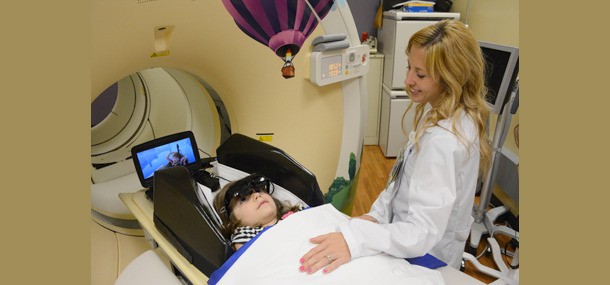August 26, 2015 - There is a significant shift in the use of computed tomography (CT) scans at children’s hospitals for 10 common childhood diagnoses including seizure, concussion, appendectomy and upper respiratory tract infection to ultrasound and magnetic resonance imaging (MRI), according to a recent a study published online Aug. 24 by the journal Pediatrics.1
The authors of the study suggest the decline in CT usage may be attributable to a growing body of evidence linking ionizing radiation from CT scans to an increased risk of cancer in patients. They also point to the adoption of electronic health records, which allows for easy transfer of medical data and images and limits the need for duplicate scans. The study, "Computed Tomography and Shifts to Alternate Imaging Modalities in Hospitalized Children,” is the first of its kinds to look at CT usage across multiple hospitals and conditions.
The study used data from the Children’s Hospital Association’s Pediatric Health Information System (PHIS), a comparative pediatric database of clinical and resource utilization information for inpatient, ambulatory surgery emergency department and observation unit patient encounters for 45 children’s hospitals. The authors looked at inpatients and observation patients for 10 specific diagnoses at 33 participating hospitals from Jan. 1, 2004 to Dec. 31, 2012. The 10 diagnoses analyzed for diagnostic imaging use included seizure, ventricular shunt procedure, craniotomy, concussion, severe head trauma, appendectomy, gastroenteritis, abdominal pain, upper respiratory tract infection and ENT conditions.
References:
1. Pediatrics. University of Cincinnati Academic Health Center, 08/25/2015.
2. Radiology Through the Years. Cincinnati's Children's Blog. http://cincinnatichildrensblog.org/radiology/radiology-through-the-years/. Nov. 7, 2014.





